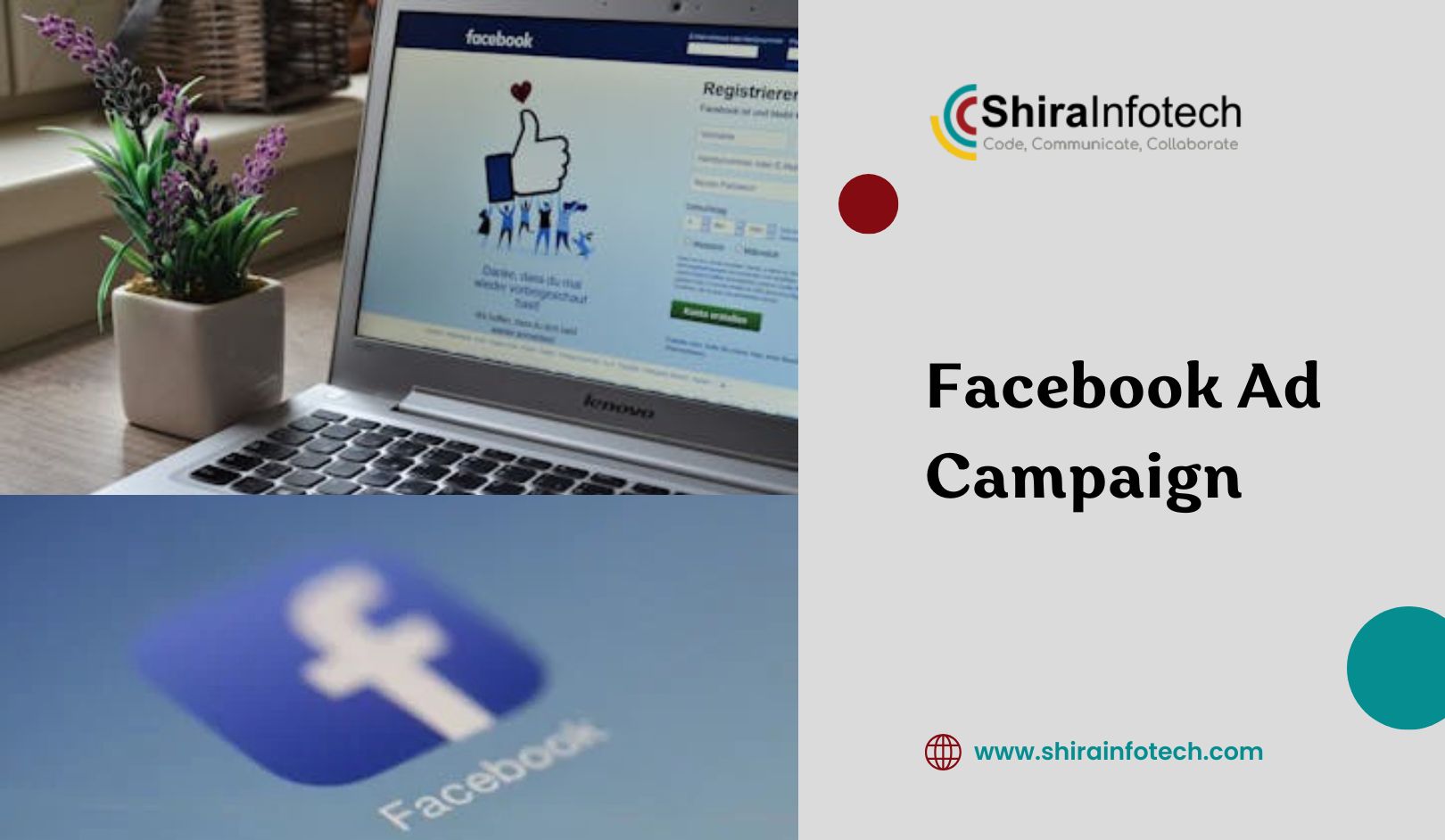Facebook is a powerhouse for digital marketing, offering businesses of all sizes the ability to target their ideal customers with precision. However, creating a successful Facebook ad campaign requires strategic planning and execution. In this blog, we’ll walk you through the essential steps to create an effective Facebook ad campaign that drives results.
1. Define Your Goals
Before launching a campaign, it’s crucial to establish clear objectives. Facebook provides various campaign objectives, including:
-
Brand Awareness – Increase visibility and reach new audiences.
-
Traffic – Drive visitors to your website or landing page.
-
Engagement – Boost likes, shares, and comments on your posts.
-
Leads – Capture user information through forms.
-
Conversions – Encourage purchases, sign-ups, or downloads.
Choose an objective that aligns with your business goals to measure success effectively.
2. Know Your Audience
Facebook allows you to define your target audience based on demographics, interests, and behaviors. Utilize the following targeting options:
-
Location – Reach users in specific cities, regions, or countries.
-
Age and Gender – Target users within a defined age range and gender.
-
Interests and Behaviors – Focus on users interested in specific topics related to your business.
-
Custom Audiences – Retarget existing customers or visitors who have interacted with your business.
-
Lookalike Audiences – Reach new people similar to your existing customer base.
3. Craft Compelling Ad Creatives
A visually appealing and engaging ad is key to grabbing user attention. Keep these points in mind:
-
Use High-Quality Images or Videos – Eye-catching visuals drive more engagement.
-
Write a Clear and Concise Message – Use persuasive copy to highlight the value of your offer.
-
Include a Strong Call-to-Action (CTA) – Encourage users to take the desired action, such as “Shop Now,” “Learn More,” or “Sign Up.”
4. Optimize Your Ad Placement
Facebook offers multiple ad placements, including:
-
Facebook News Feed
-
Instagram Feed and Stories
-
Audience Network
-
Messenger Ads
Test different placements to determine where your audience engages the most.
5. Set Your Budget and Bidding Strategy
Facebook provides flexible budgeting options:
-
Daily Budget – Set a limit for how much you spend each day.
-
Lifetime Budget – Allocate a fixed amount for the entire campaign duration.
-
Bidding Strategies – Choose between cost-per-click (CPC), cost-per-impression (CPM), or cost-per-action (CPA) based on your campaign goals.
6. Monitor and Optimize Your Campaign
Once your ad is live, track its performance using Facebook Ads Manager. Key metrics to monitor include:
-
Click-Through Rate (CTR) – Indicates how many users click on your ad.
-
Conversion Rate – Measures how many users take the desired action.
-
Cost Per Click (CPC) or Cost Per Conversion – Helps optimize spending.
Regularly analyze the data and make necessary adjustments, such as refining your audience targeting, testing new creatives, or adjusting the budget.
Conclusion
A well-structured Facebook ad campaign can significantly boost your business’s online presence and drive meaningful results. By defining clear objectives, understanding your audience, creating engaging ads, and continuously optimizing your campaign, you can maximize the return on your advertising investment.
Need expert assistance in managing your Facebook ad campaigns? Shira Infotech specializes in data-driven digital marketing strategies to help you achieve your business goals. Get in touch with us today!



